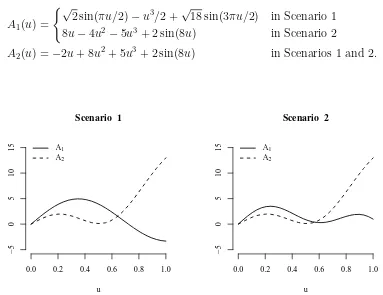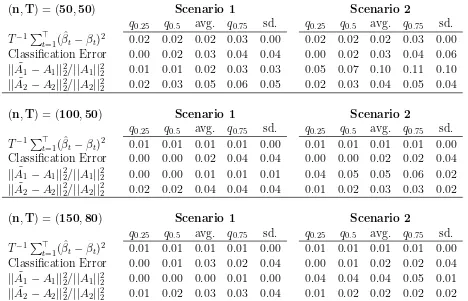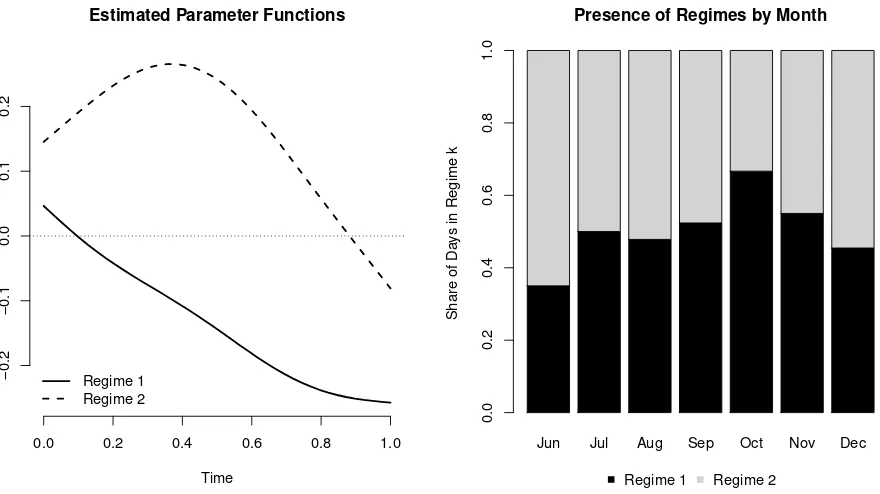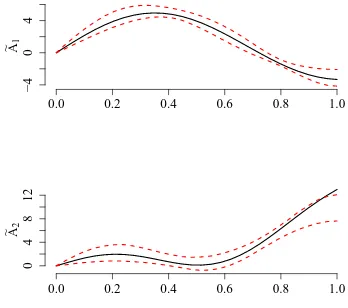Statistics authors titles recent submissions
Teks penuh
Gambar




Garis besar
Dokumen terkait
The authors took a departure from the Latent Gaussian Process approach (widely regarded as the industry standard), by modeling the fixed and random effects coefficients
The T-Cube data structure, used in this paper to enable fast massive screening, was proposed in [Sabhnani et al., 2007] as a tool for fast retrieval and analysis of time series
This study presents a novel end-to-end architecture that learns hierarchical representations from raw EEG data using fully convolutional deep neural networks for the task
1) In order that any algorithm works for the semi-supervised classification problem the initial training sample D n (whose size does not need to tend to infinity) must be well
In doing so, we introduce the basic meaning and relevance of the judgment to regard a sequence of quantities exchangeably, and we show how the fundamental theorem of probability can
This article presents a rigorous analysis for efficient statistically accurate algorithms for solving the Fokker-Planck equations associated with high-dimensional nonlinear
(c) Using Log-rank splitting criteria described in previous section, a node is split using the single predictor that maximizes the survival differences between daughter nodes..
This paper presents the generalised random dot product graph , a latent position model which gen- eralises the stochastic blockmodel, the mixed membership stochastic blockmodel and,





